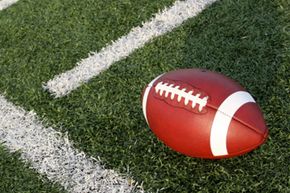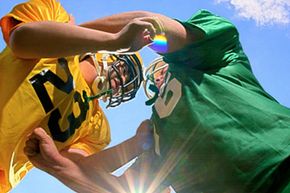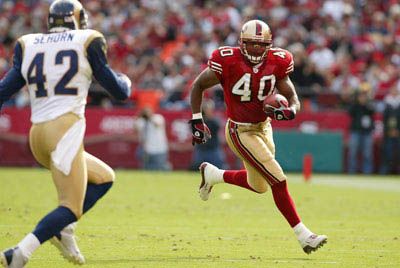No doubt about it, football is an intense sport, U.S. football, that is. Even the terminology is distinctively tough and aggressive. To paraphrase the late George Carlin, you have a gridiron, the air attack, the ground defense, the field generals avoiding a blitz and the offensive squad marching down the field. It's no wonder that people who love physicality enjoy this game.
But if you're an adult employed in a field other than professional sports, it's probably been a dog's age since you tossed around the ole pigskin. Or at least a Thanksgiving or two. Never fear. If you still have the itch to join a game, there's a local league that can scratch it. In fact, there are plenty of options available, no matter your skill level or competitiveness. And there are plenty of great reasons to join a league.
Advertisement
Maybe you just moved and you want to make new friends while getting some exercise. Perhaps your competitive spirit still burns strong even though your years are advancing. Maybe you just enjoy getting your blood pumping while enjoying the sights and sounds of being outdoors.
Ready to get started? Here's the first play, read on to learn about different kinds of leagues. Hut, hut, hike!
Advertisement



